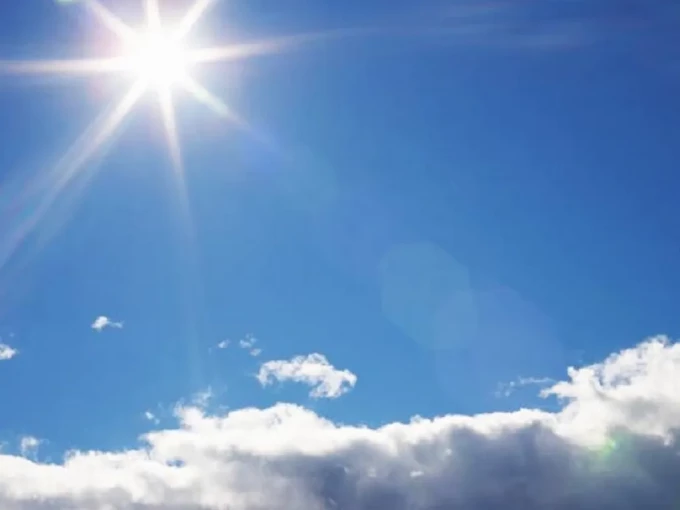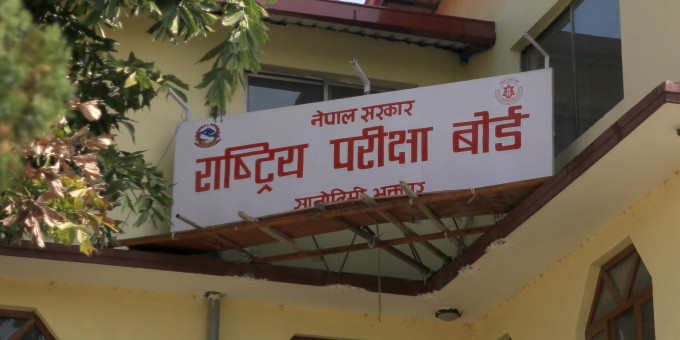With the whole world fighting Climate Change, study shows the rate of temperature and precipitation change in Nepal is already ahead of the global average. Due to its geographical location, our nation is one of the most vulnerable regions in the world in regards to climate change. The loss of biodiversity resulting from climate change, is followed by lesser agricultural production, food insecurity, meagre water supply and outbreaks of several diseases in Nepal.
The effects of climate change are already becoming evident in Nepal. Manang and Mustang region of Nepal, have seen climate-induced migration due to substantial rainfalls creating unlivable environmental conditions in previously habitable areas.
In addition to that, the occurrence of diseases previously prevalent only in the Terai region, is now becoming more common in the Hilly and even Himalayan regions. Diseases such as diarrhea, malaria, dengue and Cholera are likely to increase in the highlands of the country as a result of climate change. “Global evidence suggests that the outbreaks of many diseases like malaria, dengue are related to climate change. We have already seen outbreaks of these diseases in Kathmandu, Manang, and Mustang in the previous years.” says environment expert Doctor Meghnath Dhimal. Not only Nepal, all countries located in the Hindu Kush Himalaya – Afghanistan, Bangladesh, Bhutan, China, India, Myanmar, Nepal, and Pakistan are all vulnerable to the catastrophic effects of climate change.
The Ministry of Forests and Environment Nepal (MOFE), has termed climate change as a serious threat to the country’s health system, agricultural production, tourism, and the economy and society as a whole. However, climate change is an international issue, which demands intergovernmental collaboration.
Despite the Paris Agreement signed in 2015, which aimed to limit global warming through making effective policies and properly implementing them, the expected global increase of temperature, according to the World Wide Fund For Nature, is at least 2.1°C. The main culprit is greenhouse gas emissions from various sectors of human engagement.
According to the World Health Organization, climate change is expected to cause approximately 250,000 additional deaths per year between 2030 and 2050.
However there is still hope left, as emissions are being reduced per year through the implementation of climate action, experts recommend cutting emissions to meet the 1.5°C global warming target. The major solution is cutting emissions, which is up to the hands of our political leaders, industry owners and top decision makers.
READ ALSO:









